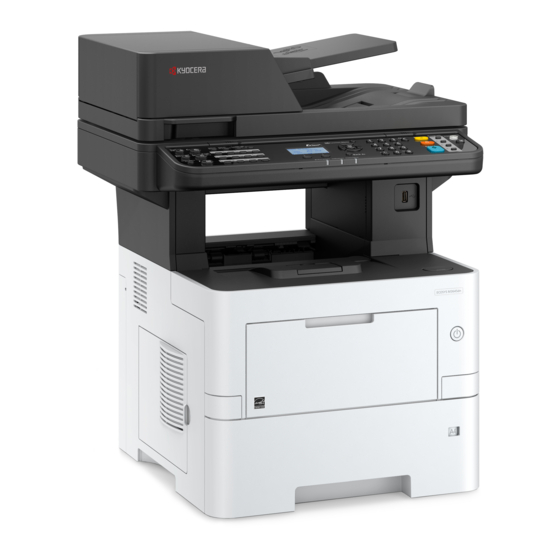
Kyocera ECOSYS M3645dn Operation Manual
Hide thumbs
Also See for ECOSYS M3645dn:
- Operation manual (6 pages) ,
- Manual (22 pages) ,
- Service manual (6 pages)
Table of Contents
Advertisement
Quick Links
Advertisement
Table of Contents
Troubleshooting

















Need help?
Do you have a question about the ECOSYS M3645dn and is the answer not in the manual?
Questions and answers